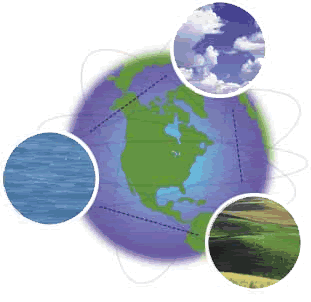Today, I want to share some physical characteristics of wastewater with you.
As you know, the most important physical characteristic of wastewater is its total solids content, which is composed of floating matter, settleable matter, colloidal matter, and matter in solution. Other important physical characteristic include particle size distribution; turbidity; color; transmittance; temperature; conductivity; and density, specific gravity, and specific weight. Odor, sometimes considered a physical factor, is considered in the following section.
As you know, the most important physical characteristic of wastewater is its total solids content, which is composed of floating matter, settleable matter, colloidal matter, and matter in solution. Other important physical characteristic include particle size distribution; turbidity; color; transmittance; temperature; conductivity; and density, specific gravity, and specific weight. Odor, sometimes considered a physical factor, is considered in the following section.
Wastewater contains a variety of solid materials varying from rags to colloidal material. In the characterization of wastewater, coarse materials are usually removed before the sample is analyzed for solids. The various solid classifications are identified in below
-Total solids (TS): The residue remaining after a wastewater has been evaporated and dried at a specified temperature (103 to 105oC).
-Total volatile solids (TVS): Those solids that can be volatilized and burned off when the TS are ignited (500±50oC).
-Total fixed solids (TFS): The residue that remains after TS are ignited (500±50oC)
-Total suspended solids (TSS): Portion of the TS retained on a filter with a specified pore size, measured after being dried at a temperature (105oC). The filter used most commonly for the determination of TSS is the Whatman glass fiber filter, which has a nominal pore size of about 1.58µm
-Volatile suspended solids (VSS): Those solids that can be volatilized and burned off when the TSS is ignited (500±50oC).
-Fixed suspended solids (FSS): The residue that remains after TSS are ignited (500±50oC).
-Total dissolved solids (TDS = TS – TSS): Those solids that pass through the filter, and are then evaporated and dried at specified temperature. It should be noted that what is measured as TDS is comprised of colloidal and dissolved solids. Colloids are typically in the size range from 0.001 to 1µm
-Total volatile dissolved solids (VDS): Those solids that can be volatilized and burned off when the TDS are ignited (500±50oC).
-Fixed dissolved solids (FDS): The residue that remains after TDS are ignited (500±50oC).
-Settleable solids: Suspended solids, expressed as milliliters per liter that will settle out of suspension within a specified period of time.


0 comments:
Post a Comment